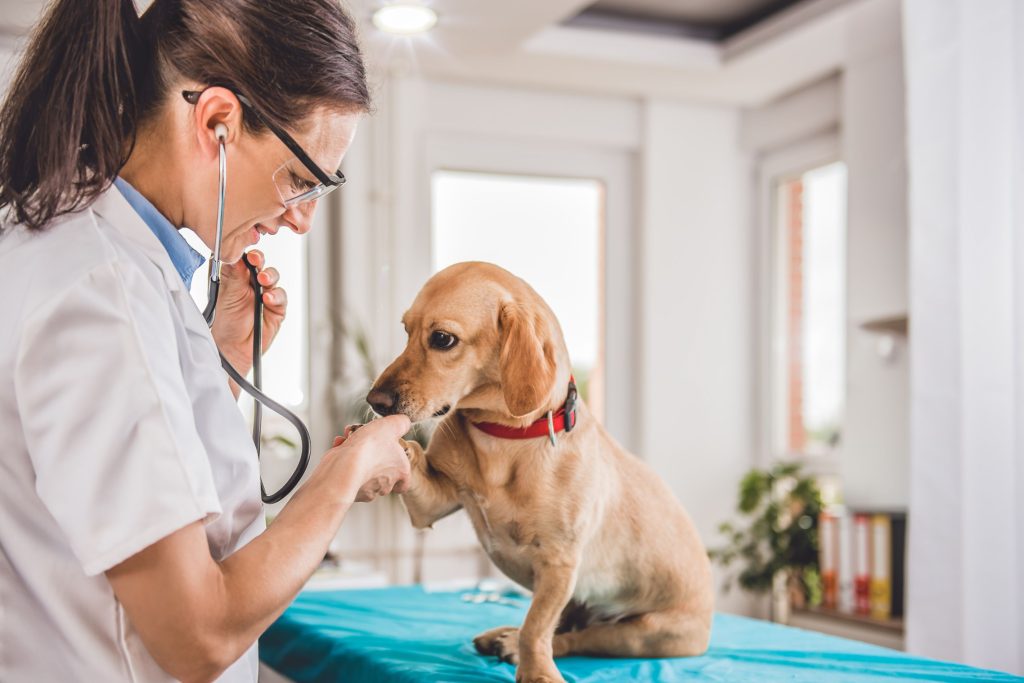As a Pet Owner, Why Pet Insurance Matters.
Just like human healthcare, veterinary care can be costly, with regular check-ups, medications, surgeries, and other treatments. To ensure that your pet stays healthy and happy without causing financial strain, having a pet insurance plan can be beneficial.
The increasing number of pet owners and their furry companions has led to a rise in popularity and accessibility of pet insurance. However, pet owners must be cautious in selecting the most suitable insurance plan for their pets.

What does pet insurance cover? Understanding the components.
Pet insurance coverage is typically divided into three main areas:
- Wellness Coverage: This includes coverage for routine check-ups and necessary vaccinations.
- Medical Coverage: This includes coverage for veterinary expenses such as medications, surgeries, and therapies for treating illnesses and other health conditions.
- Accident Coverage: This covers the costs associated with treating injuries.
Insurance policies are available that offer one or more of these types of coverage. Generally, Wellness and Accident coverage are the easiest and least expensive to obtain. Medical coverage, particularly if it covers a wide range of illnesses and conditions, is typically the most expensive aspect of pet insurance.
The workings of pet insurance plans explained.
Pet insurance plans typically operate on a reimbursement basis. This means that pet owners pay for their pet’s medical care upfront and then submit a claim to the insurance company for reimbursement of covered expenses.
Additionally, most pet insurance plans have deductibles, which are typically charged per claim. The lower the deductible, the higher the premium cost. Like human insurance, pet insurance policies also have exclusions, such as certain breeds and ages of pets, which are not covered.
It’s important to note that most policies have waiting periods before becoming effective to prevent people from buying insurance solely to cover emergencies and then cancelling the policy immediately after. These waiting periods are usually five days for injuries and 14 days for illnesses.
The cost of pet insurance explained.
There is a multitude of pet insurance providers, each offering a variety of plans with varying coverage options. When considering pet insurance, it’s crucial to compare not just costs, but also the specifics of the coverage offered. Here are a few examples:
- ASPCA: Coverage types include Accident, Illness, and Wellness. Starting price is $118 per year with deductibles ranging from $100 to $500.
- GEICO: Coverage types include Accident and Illness. Starting price is $68 per year with deductibles ranging from $200 to $1,000.
- Progressive: Coverage types include Accident, Illness, and Wellness. Starting price ranges from $6 to $9 per month with deductibles ranging from $50 to $1,000.
Factors to consider when selecting pet insurance policies.
When selecting a pet insurance policy, there are certain factors that require special consideration. These include limitations and exclusions related to pre-existing conditions, certain breeds, age limits, and the choice of veterinarians.
It’s essential to carefully review all details of a plan to ensure that it will meet the specific needs of your pet and your own requirements.
Additionally, some veterinarians offer their own private insurance or discount plans, so if you have a good relationship with your vet, it’s worth exploring these options and discussing them with your vet.
